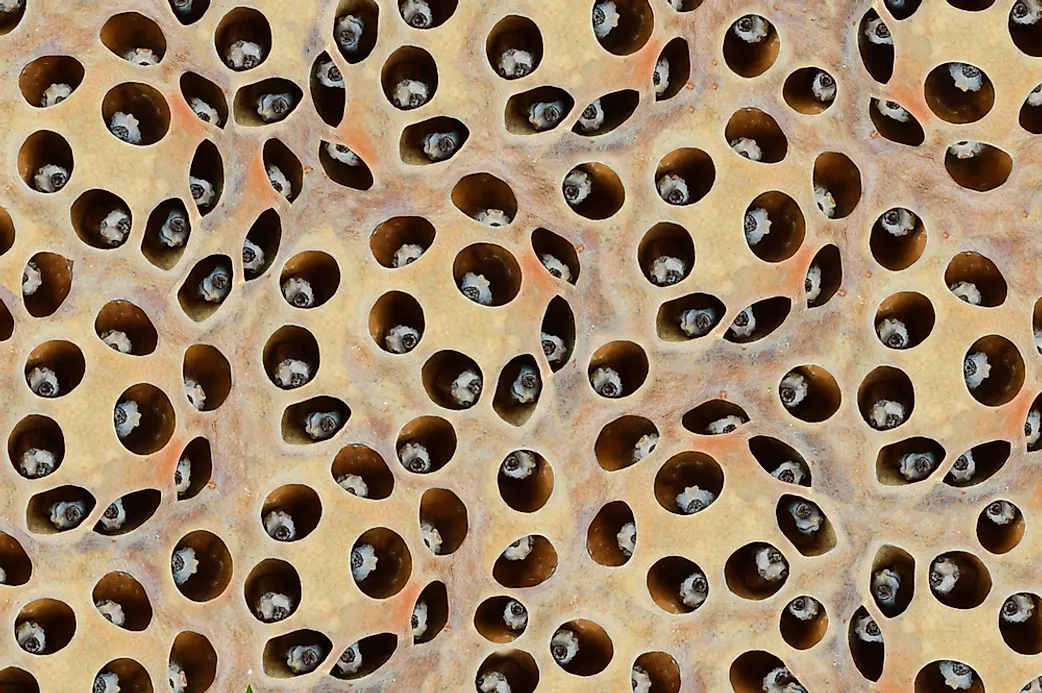

"We found that only a small percentage of them reported fear or fear-related feelings," Kupfer said. The researchers also predicted that most of the people would express feeling disgusted, not fearful. Kupfer said he and Le predicted that both groups would find the disease-relevant images unpleasant but that only the people with trypophobia would also find the disease-irrelevant photos unpleasant. The other 16 photos had no holes, bumps or circular patterns at all.

Eight other photos contained disease-irrelevant images of harmless items that had clusters of circles, including drilled holes in a brick wall and a lotus flower seed pod. Eight photos contained so-called disease-relevant images of clusters linked to disease - for example, a rash of circles, a person's smallpox scars or a collection of blood-engorged ticks. Both groups were shown a total 32 images. The researchers recruited 300 people from the Facebook groups and 300 university students who did not have trypophobia. To investigate whether the disgust reaction in people with trypophobia was a "disease avoidance" tactic, Kupfer and his co-author An Trong Dinh Le, who was a PhD candidate in psychology at the University of Essex at the time of the research, set up an experiment that involved tapping two Facebook support groups for people who describe themselves as having trypophobia.


 0 kommentar(er)
0 kommentar(er)
